Yoshiminedera Temple: Hydrangea over Kyoto
On the west mountain side of Kyoto, near the border between Osaka and Kyoto, is the quaint Yoshiminedera Temple. While this temple is the 20th temple of Saigoku Kannon Pilgrimage, it is better known for its cheerful and sweeping hydrangea garden and spectacular views of Kyoto.
Yoshiminedera Temple
Yoshimindera Temple is located in the mountains in the west of Kyoto City. As there are many trails around Yoshimiedera Temple including Tokai Nature Trail, there were not only temple visitors but also a few hikers on the bus.
After a short walk from the bus stop, you will see the main gate of Yoshiminedera.
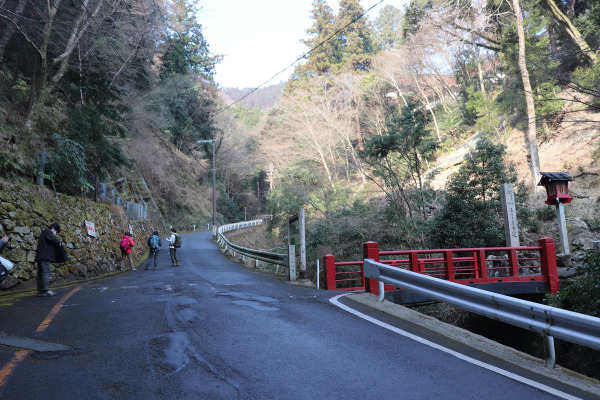
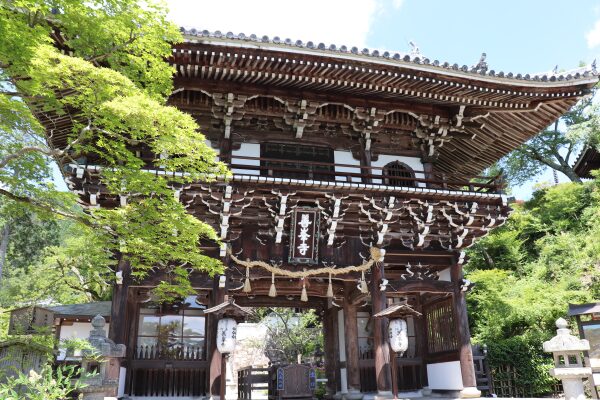
The origin of Yoshiminedera dates back to the 11th century when a monk from Enryaku-ji, Gensan, built a little hut to enshrine a statue of Senju Kannon. The hut was eventually named “Yoshiminedera”. Sometime later, Emperor Gosuzaku brought another Kannon statue to Yoshiminedera to be enshrined as one of the temple’s main deities.
From this point on, various emperors made donations to Yoshime and the temple gradually grew. Sadly, the entire temple burnt down in the Onin War. All of the current temple buildings were rebuilt under the instruction of Lady Keisho-in, the mother of 5th Tokugawa shogun, Tokugawa Tsunayoshi.
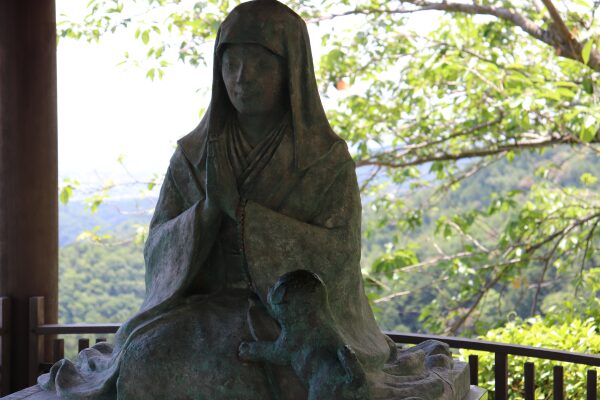
Explore temple grounds
There is the main temple building, the Kannon-do, as soon as you enter the temple grounds. The Kannon-do does house two Kannon statues, but they are on display to the public every second Sunday, which is quite frequent compared to other Saigoku pilgrimage temples. However, after 2021, they are not on display until 2028.
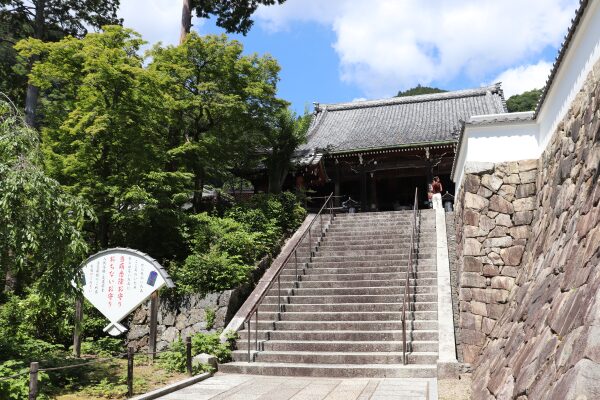
At first glance, you may think this temple is not that big,
However, that isn’t true at all! The temple complex is spread throughout the mountainside and it can take about 30 minutes to walk the entire temple complex and then an additional 30 minutes or so to enjoy hydrangea. There is also a great view of Kyoto City at the highest point of the temple complex.
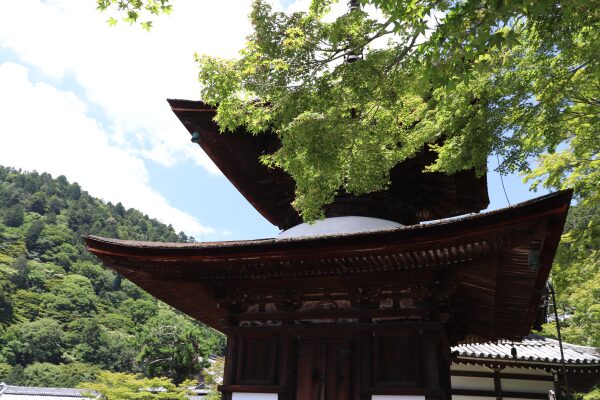
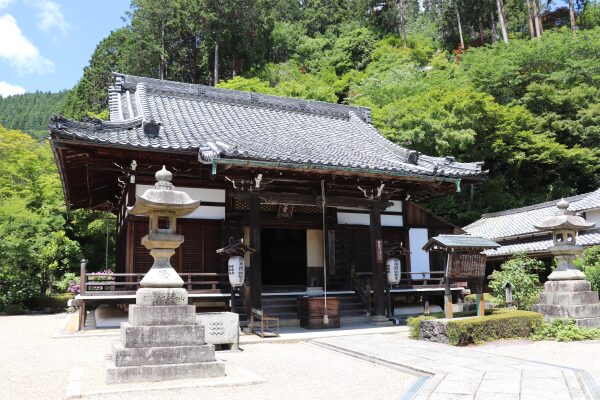
From Yakushido, you can enjoy the great view of Kyoto City. Given that it is 350m high here, Yoshiminedera is located on the top of the mountain.
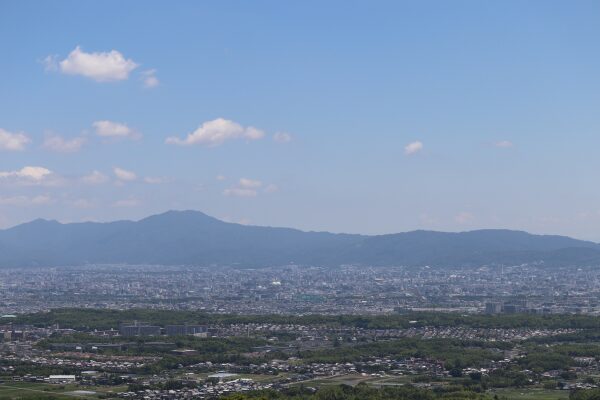
In front of the pagoda, there is an interesting pine tree called Yuryumatsu, which surprisingly, is a designated national natural monument. This pine tree is allegedly 600 years old and 37m long! It is so wide that many people say it looks like a dragon playing.
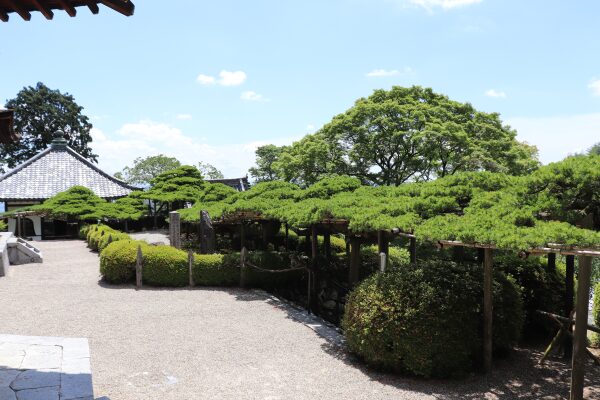
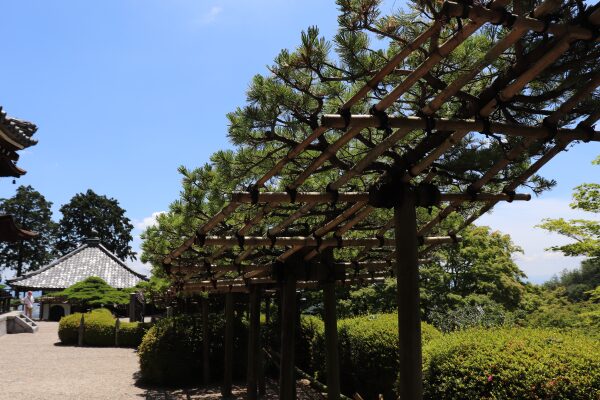
Hydrangea Garden
At Yoshiminedera’s garden, around the rainy season every year, you will see tens of thousands of hydrangeas in bloom. It is indeed as pretty as the famous hydrangea temple, Mimuroto-ji, but Yoshiminedera has significantly fewer people.
Because Yoshiminedera is in the deep of the mountains, the hydrangea blooms a bit later than in the city. They usually come into full bloom around the end of June or early July.
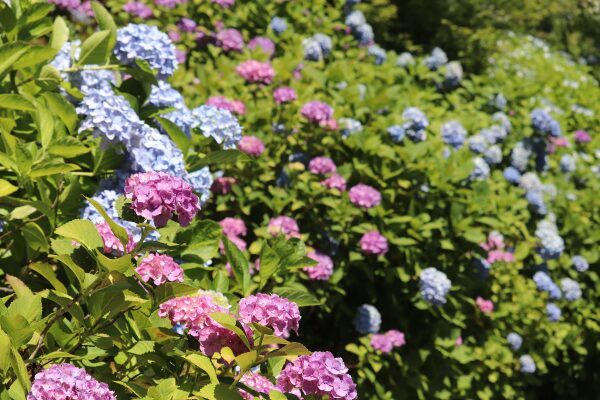
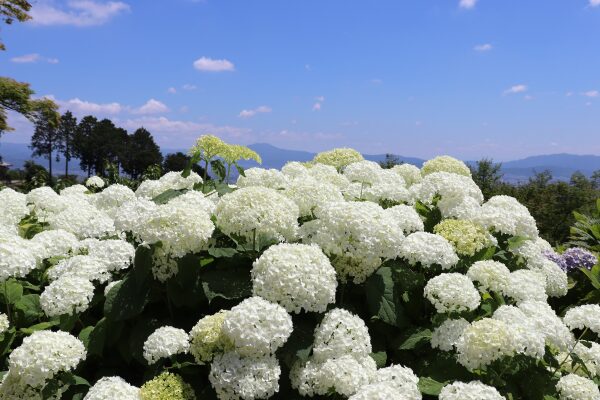
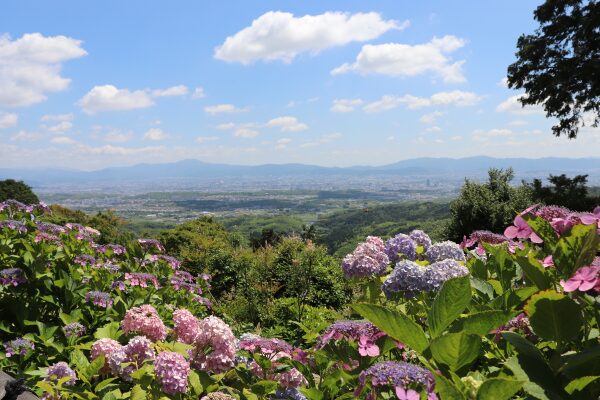
Information: Yoshiminedera Temple
| Address |
Koshio 1372, Oharano, Kyoto City, Saikyo Ward
|
| Getting to |
The closest stations to Yoshiminedera Temple are Mukomachi Station off the JR Kyoto Line or the Higashi-muko Station [東向日駅] on the Hankyu Kyoto Line. From either station, take a Hankyu bus #66 bound for Yoshiminedera. The bus will take roughly 25 minutes to the temple. Once you get off the bus, you have to climb up a long, steep slope for 15 minutes, as the temple is located on the top of the mountain. |
| Hours |
8AM-5PM
|
| Entrance Fee |
500円
|
| Notes |
Do keep an eye on the time, as buses to Yoshiminedera only run once an hour. Moreover, in the winter the bus service ends at the Koshio stop, meaning you will have to walk about an hour to the temple from the last stop.
|
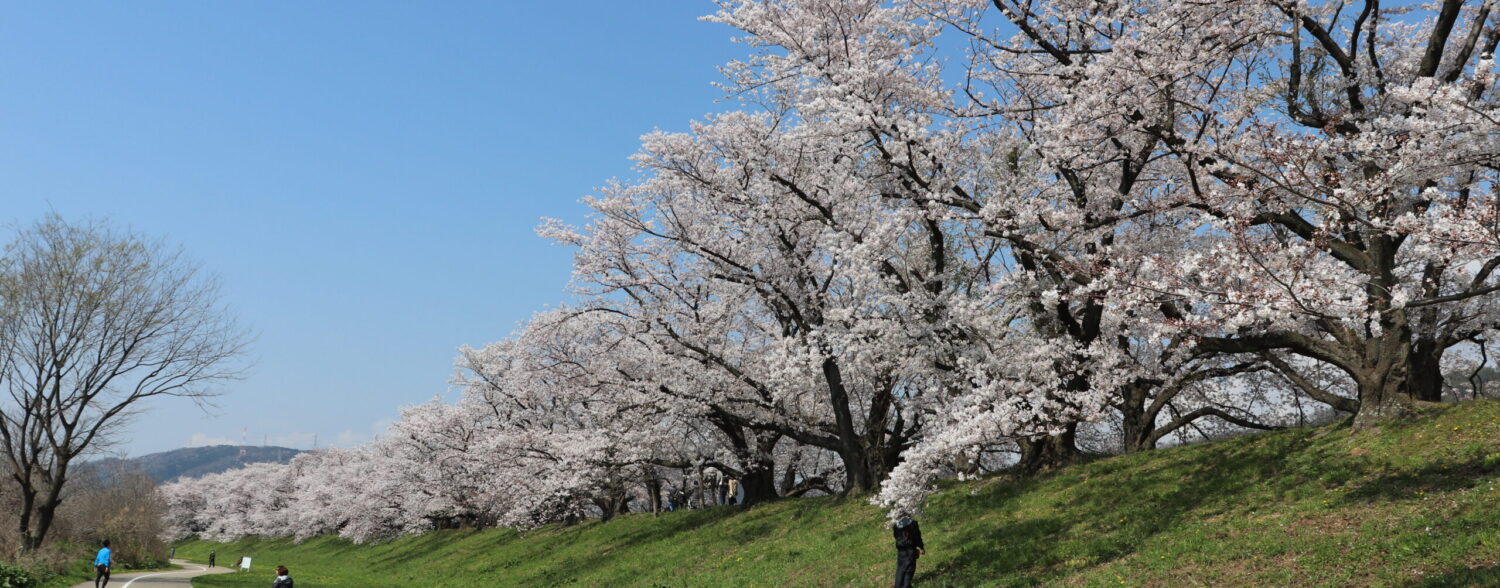
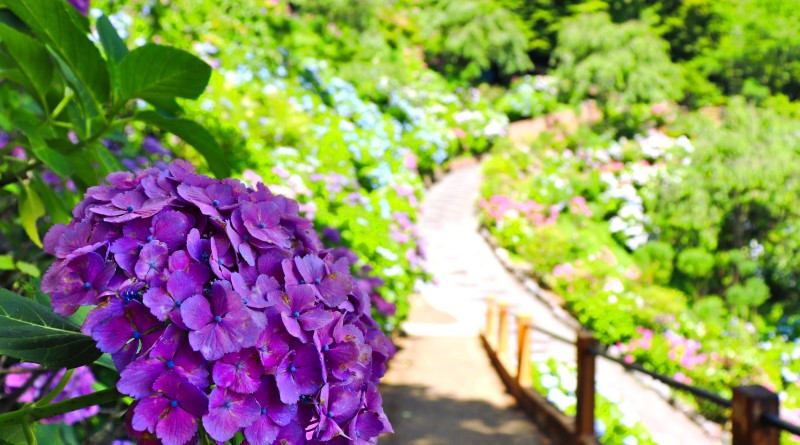
Leave a Reply